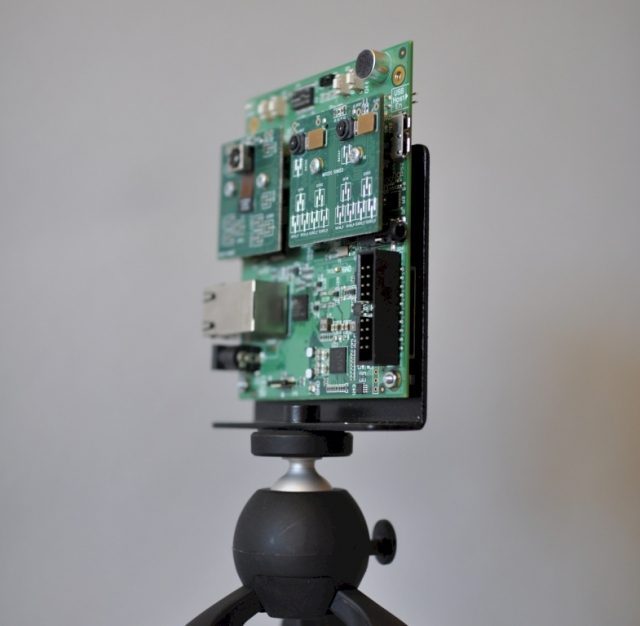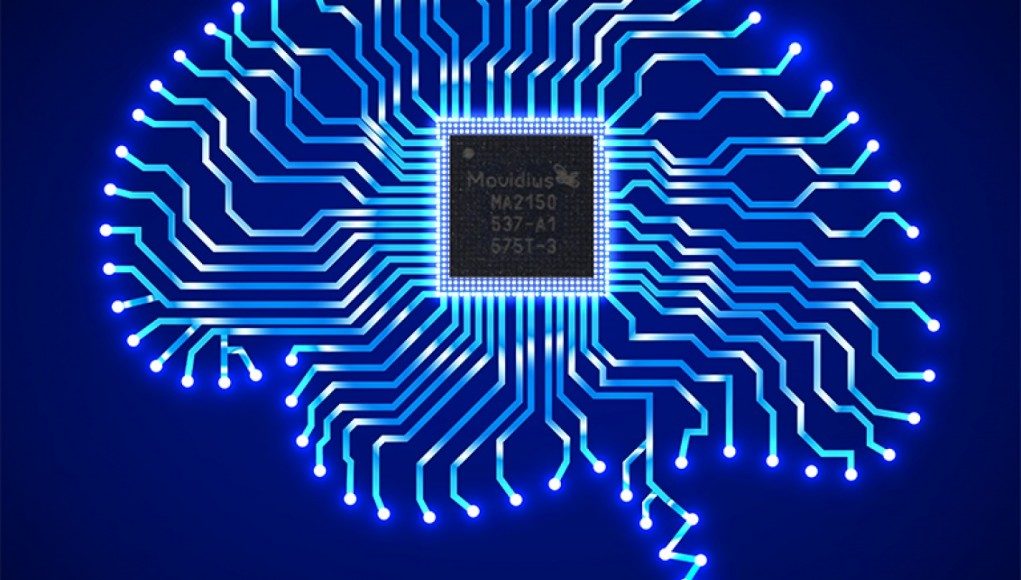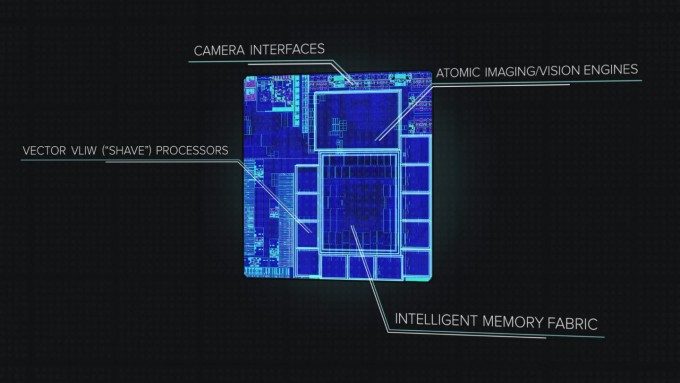Movidius may be a little known name to the average consumer, but the company behind Google Project Tango’s Myriad 1 vision processing chip is gearing up to release their new chip architecture in both VR and AR headset manufacturers, and a lot sooner than you think.
I sat down with the Movidius team at this year’s MWC where they showed me the Myriad 2 vision processing unit (VPU), a dedicated unit capable of running simultaneous machine vision tasks that VR enthusiasts are especially keen to see integrated into upcoming headsets. Computer vision tasks like eye tracking, hand tracking, object recognition, and positional tracking—things that are usually done through GPUs—are all on the list of things Movidius wants to see shunted to their Myriad 2 VPU.
The chip incorporates image and video signal processing pipeline with programmable vision processing to support a complete camera-to-display experience. The chip could hypothetically be ‘mobilized’ as well, considering it fits into a 500 mW power envelope.
Through a TV, I was shown the unit first in a prototype configuration running in 4 separate demos simultaneously, a powerful reminder of exactly what may be next on the to-do list of AR and VR headset manufacturers. The prototype was only using a single image sensor—not ideal for VR or AR purposes which requires depth information—but the teams maintains that their VPU was only running at 22 percent of their array of 12 vector processors.
See Also: Star Wars Features in Latest Project Tango Mixed Reality Project

“The idea is end customers are looking for gesture, depth, eye tracking, all at the same time, and all very fast and at low latency,” said Marketing Communications Director Jack Dashwood. “So if you image along these 12 processors, you’ve got two of them being used for depth, two of them are being used for positional tracking, one is being used for eye tracking, and [the others] in some other combination depending on the customer: That is the draw for this chip.”
Although Movidius was only showing bare chips and sensors in their off-site hotel suite, I was told by Dashwood that the company is currently engaged with multiple VR and AR headset manufacturers (exactly which ones he couldn’t say), and that we may be able to expect something tangible in late 2016 or early 2017 using their VPU.








